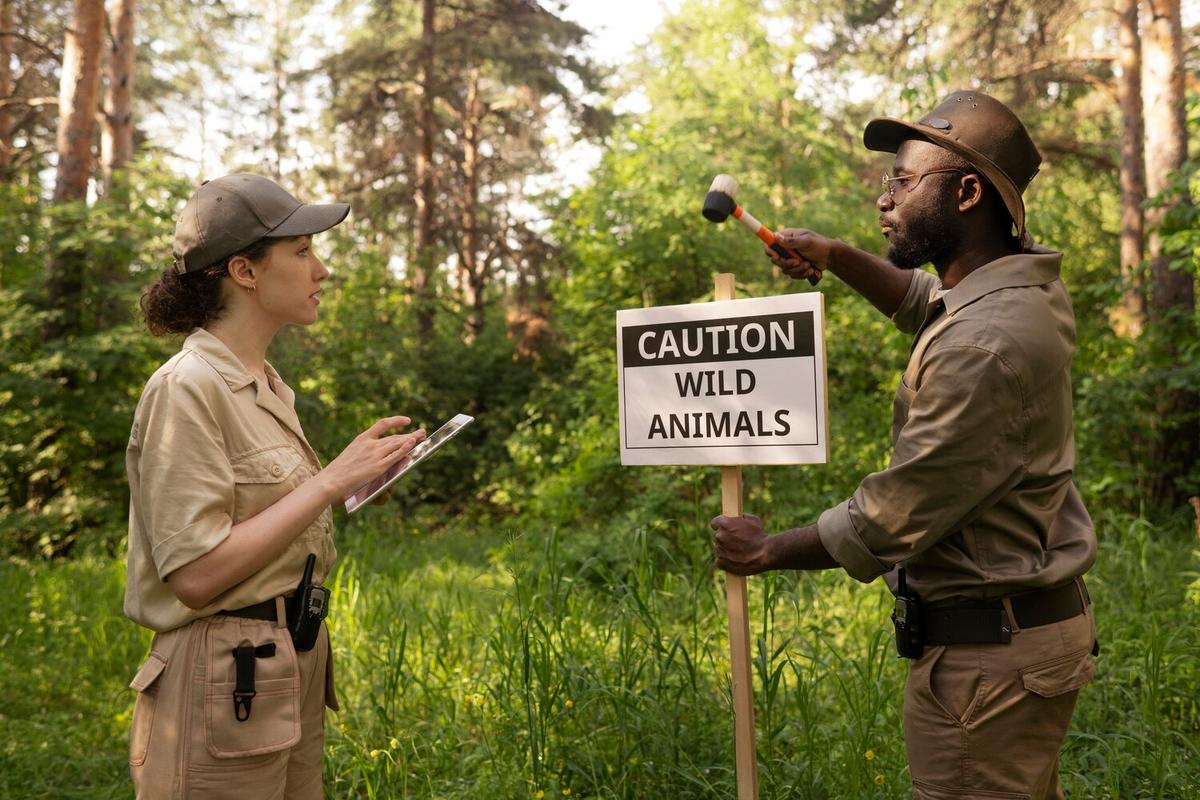Endangered Species Recovery: Successes and Challenges
The story of endangered species recovery is a testament to both the resilience of nature and the dedication of conservationists worldwide. While there have been notable victories in saving species from the brink of extinction, significant challenges remain. Understanding these successes and obstacles is crucial for charting a sustainable path forward.

The story of endangered species recovery is a testament to both the resilience of nature and the dedication of conservationists worldwide. While there have been notable victories in saving species from the brink of extinction, significant challenges remain. Understanding these successes and obstacles is crucial for charting a sustainable path forward.
Understanding Endangered Species Recovery
Endangered species recovery involves coordinated efforts across various sectors, including government agencies, non-profits, and local communities. These efforts aim to improve the survival chances of species that face the risk of extinction due to factors like habitat loss, climate change, and poaching.
Success Stories in Conservation
Several species have made remarkable recoveries thanks to dedicated conservation efforts. For instance, the population of the giant panda has seen a significant increase, leading to its reclassification from ‘endangered’ to ‘vulnerable’. This success is attributed to extensive habitat protection measures and rigorous anti-poaching laws.
- Giant Pandas
- American Bald Eagles
- Gray Wolves
Dr. Jane Smith, a renowned wildlife biologist, highlights, “Collaborative conservation programs are vital in ensuring that endangered species have a fighting chance against extinction.”
Challenges in Protecting Endangered Species
While there are successes, the road to recovery is fraught with challenges. Habitat destruction remains a critical issue, often driven by urbanization and agricultural expansion. Additionally, climate change poses new threats by altering habitats and food availability. According to recent research from the World Wildlife Fund, nearly half of all species could face extinction by 2100 if current trends continue.
Personal Anecdote: The Journey of the Sea Turtle
On a recent trip to Costa Rica, I witnessed the inspiring sight of baby sea turtles making their way to the ocean. This moment highlighted both the fragility and resilience of nature. Conservationists there have implemented community-based programs that have significantly increased hatchling survival rates.
Actionable Steps for Individual Contribution
Everyone can play a part in conservation efforts. Here are some actionable steps you can take:
- Support conservation organizations through donations or volunteering.
- Reduce your carbon footprint to combat climate change.
- Promote and participate in habitat restoration projects.
Resources for Further Learning
To delve deeper into conservation efforts, explore resources provided by organizations like the International Union for Conservation of Nature (IUCN) and the World Wildlife Fund (WWF), where you can find extensive databases and reports on various species.
FAQs
What is the primary cause of species endangerment?
Habitat loss due to human activities is the leading cause of species endangerment.
How can individuals support endangered species recovery?
Individuals can support recovery efforts by donating to conservation organizations, reducing their carbon footprint, and participating in local conservation projects.
Conclusion
Endangered species recovery is a complex but rewarding journey that requires collective action and commitment. By understanding both the successes and challenges, we can all contribute to ensuring a future where biodiversity thrives. Let’s continue to support and participate in conservation efforts, making a positive impact on the world around us.